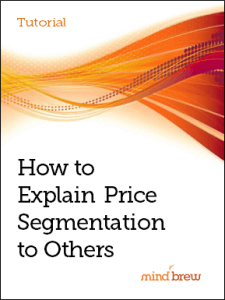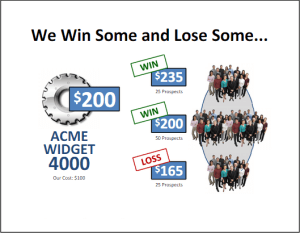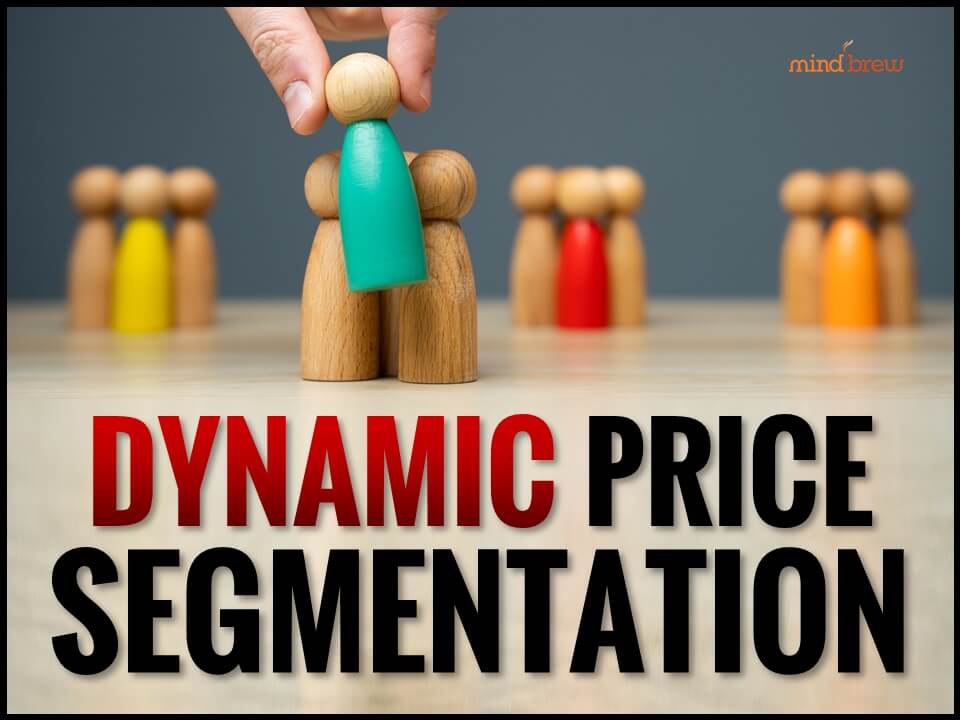One of the most popular resources in The PricingBrew Journal is How to Explain Price Segmentation To Others. Our editorial team used research from multiple companies to understand how to boil price segmentation concepts down and teach them to others in your company. There’s even a companion set of slides that you can present with.
Of course, sometimes you first have to get people willing to learn what price segmentation is—and that can be quite a political challenge. I had a conversation earlier with a friend of mine who works at a large technology company. Because the sales groups already have customers segmented one way, there hasn’t been much willingness for further discussion.
In this company, customers are grouped by region and industry and individual sales people are organized around that grouping. Things cascade from there… Marketing develops messaging and material around those same regions and industries. Even the systems and reports are organized that way. Trying to understand a new segmentation model is met with resistance because it flies in the face of how the whole business is organized. No one wants to tackle it because it seems like a huge change.
After a bit of discussion with this friend of mine, it was clear to both of us that the problem is semantics. The company has a segmentation model to better organize how they go to market. It serves those purposes well, but it’s not effective for price segmentation. Using this politically-charged “segmentation” word immediately creates resistance. But there’s a much better chance of getting the dialog started by taking that word out of the conversation and asking a simple question:
“How do you know when you can charge a higher price?”
Most sales people have probably internalized some attributes about what drives a customer’s willingness to pay. When they see a certain customer, under certain circumstances, interested in buying certain products, they can charge a higher price and likely still win the deal. Conversely, there are attributes that drive when they know they need to offer a lower price.
Get the sales team talking about those attributes, and you’re on your way to building a price segmentation model. And once they realize a basic price segmentation model already exists in their own minds, they’re probably much more willing to take the discussion further…without the fear of all that change.













